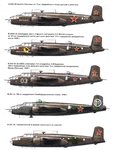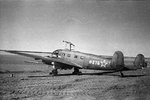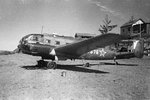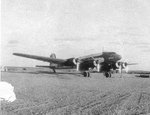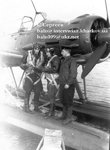Hunterbunter
Airman
- 15
- Jun 15, 2007
There's been a bit of argument over the red star with white disk markings over the years, but the book "The Alaska-Siberian Connection" documents how the Texico corporation stickers were used to finish marking aircraft in the agreed manner. Seems the Air Corp stateside refused to paint Soviet markings on the aircraft within the lower 48. Meanwhile the new formed units given the delivery mission to make the actual transfers had neither the facilities or people to make the required changes.
Some bright enterprising troop made a trip to the local Texico service station and spotted some extra decals. Soon after they made an arrangement.

